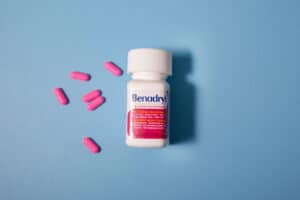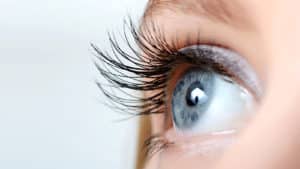How long does Benadryl stay in your system?
It would be practically impossible to live in the industrialized world and not know about Benadryl. Hailed as a miracle...
Understanding Detection Windows and Clearance Times for Diphenhydramine
Drug detoxification (informally, detox) is variously the intervention in a case of physical dependence to a drug; the process and experience of a withdrawal


